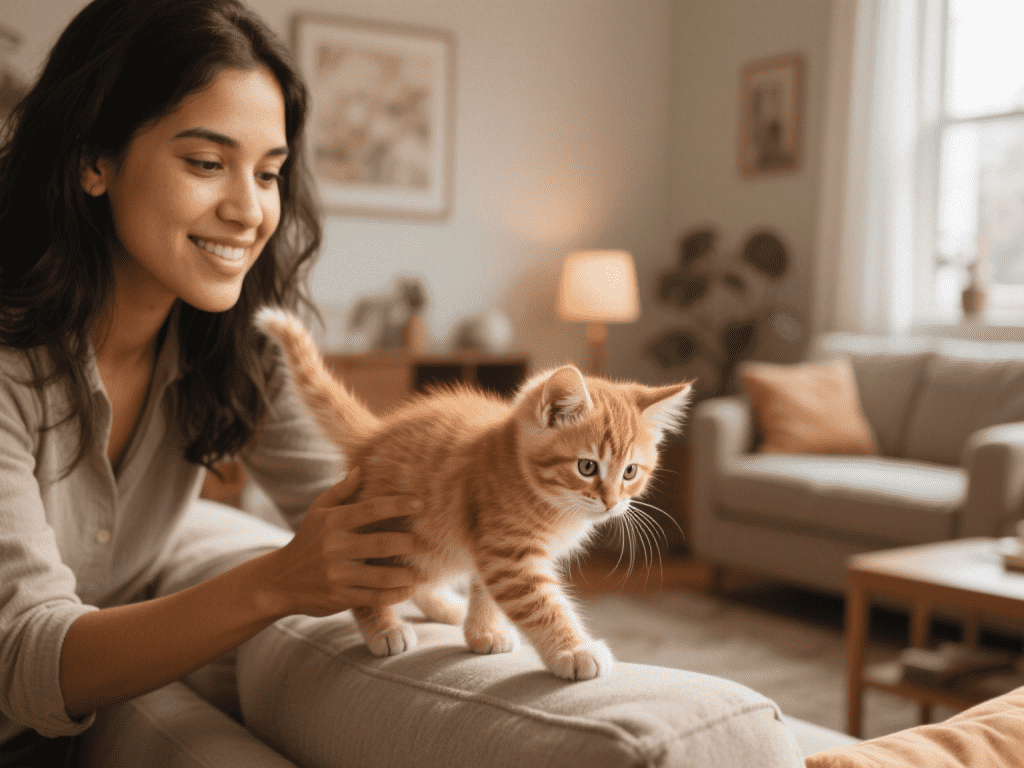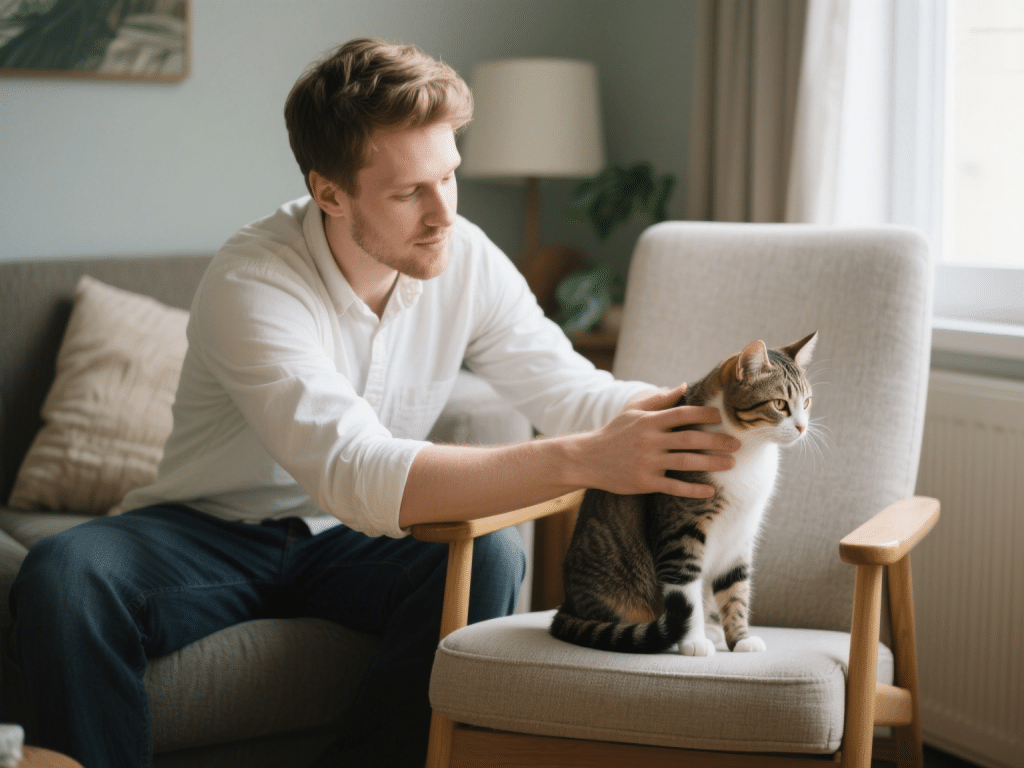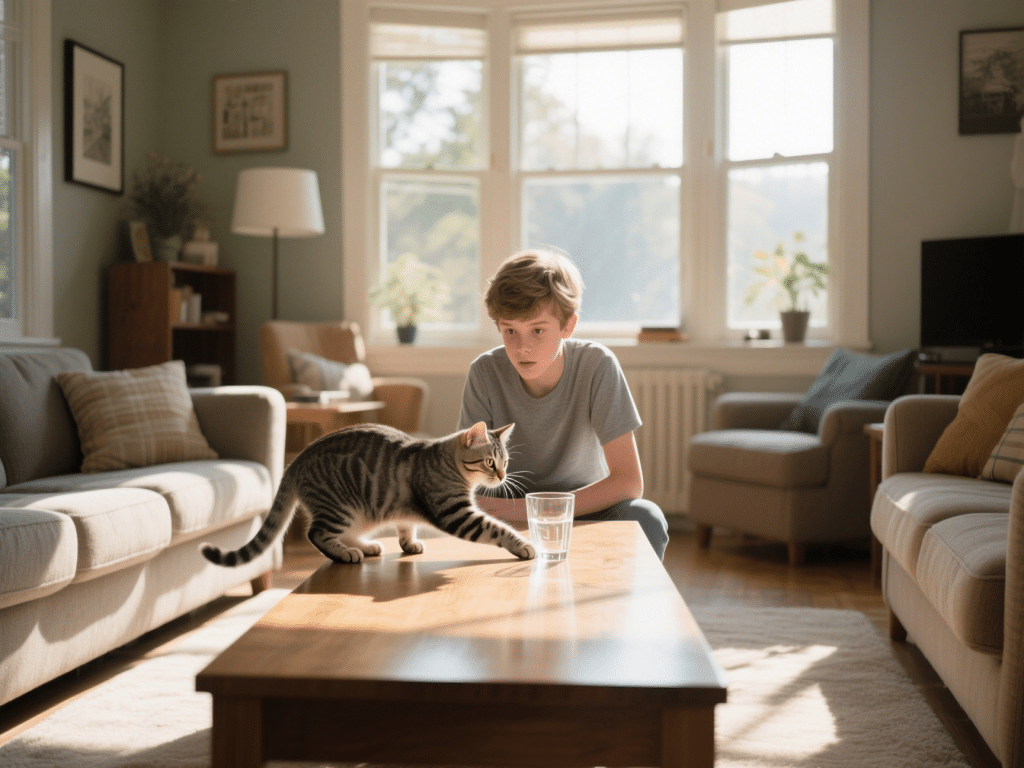
Kitten Countdown: Essential Growth Milestones Every Cat Parent Needs to Track
Welcoming a new kitten into your home is a magical journey filled with tiny toes, wobbly f...

Over my fifteen years as a certified feline behavior consultant, I’ve helped hundreds of cat owners interpret the rich tapestry of meows, purrs, and tail flicks that comprise feline communication. Far from simple noises, cats employ a nuanced blend of vocalizations, body postures, and even scent marking to convey needs and emotions to both humans and fellow felines. In this comprehensive guide, you’ll gain the expertise to decode your cat’s conversations, deepen your bond, and ensure harmony in multi-cat households.
Meows
Contrary to popular belief, adult cats don’t meow at each other; this vocalization evolved to capture human attention. A short, high-pitched “mew” might signal hunger or greeting, while a drawn‑out “meeoooow” often indicates discomfort or demand.
Purrs
Purring usually denotes contentment, but it can also occur when a cat is anxious or in pain. Notice context: a relaxed posture with purring suggests happiness; tense muscles with purring may signal stress.
Tail Signals
Upright, tip curved: friendly greeting
Twitching: mild agitation or excitement
Puffing: fear or aggression
Ears
Forward: alert, curious
Side‑facing (“airplane”): defensive
Flat against the head: intense fear or hostility
Whiskers
Forward‑pushed whiskers indicate interest or territorial exploration; whiskers pulled back suggest fear.
Cats deposit pheromones via cheek rubbing and scratching. These scent markers define territory, reassure cats in multi‑cat environments, and communicate familiarity to fellow felines. Providing scratching posts at key locations (entryways, resting spots) permits healthy scent signaling and reduces stress.
Play Invitations
Cats often initiate play by performing a “play bow” (front legs lowered, rear up). This non‑threatening posture invites safe mock‑hunting.
Conflict Resolution
Hissing, growling, and staring contests escalate when one cat encroaches on another’s perceived territory. Neutral body language (lying side‑on, slow blinking) can defuse tension.
Observe Daily Routines
Keep a log of what vocalizations and postures coincide with feeding, play, or cleaning. Patterns emerge, helping you anticipate needs.
Use Positive Reinforcement
When your cat uses a gentle “hello” meow or friendly rub, respond warmly with calm speech and petting.
Respect Personal Space
Not every interaction must be physical. Offer enrichment—puzzle toys, window perches—so your cat chooses when to engage.
“Introducing new cats gradually, with scent swapping and supervised meet‑and‑greets, prevents miscommunication and conflict,” notes certified behaviorist Dr. Priya Patel. “Feliway diffusers also help maintain a calm environment by releasing synthetic facial pheromones.”
By mastering the language of meows, purrs, postures, and scents, you’ll unlock your cat’s inner world. This expertise fosters trust, reduces stress, and creates a peaceful coexistence—whether you share your home with one cat or a dynamic clowder. Embrace these communication cues, and enjoy deeper conversations with your whiskered companions.

Welcoming a new kitten into your home is a magical journey filled with tiny toes, wobbly f...

Hairballs are a common nuisance for both cats and their people. Drawing on my decade of ex...

IntroductionMany dog owners notice their pets trailing them from room to room. While endea...

IntroductionIf you’ve ever wondered why your cat swats a glass off the counter or pushes...

IntroductionEar infections (otitis externa) are common in dogs, especially those with flop...

IntroductionCatnip (Nepeta cataria) is a member of the mint family known for its euphoric ...
Comments on "Decoding Cat Conversations: How Cats Talk to Each Other and What It Means" :